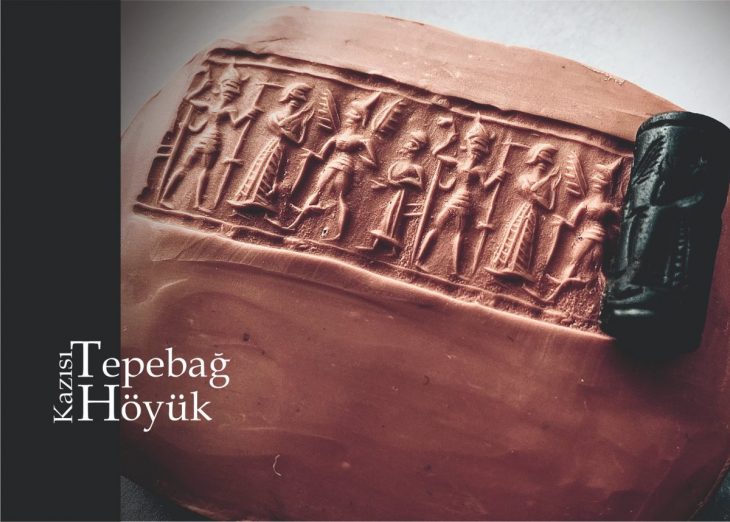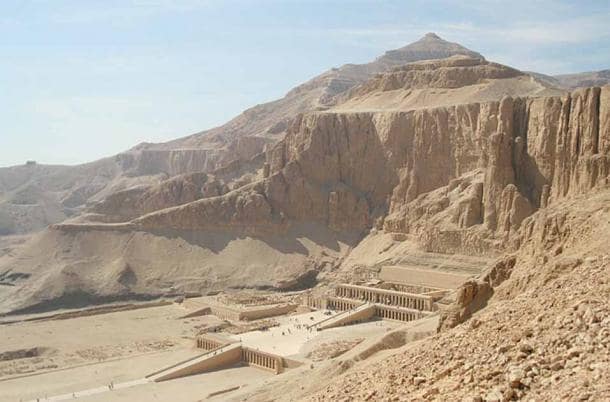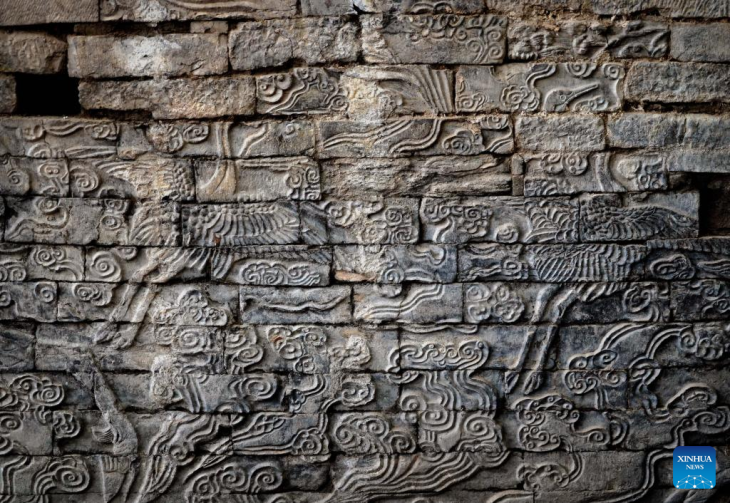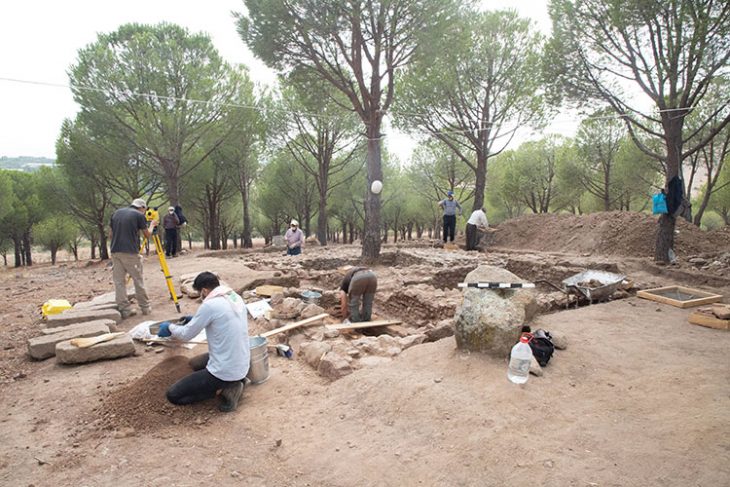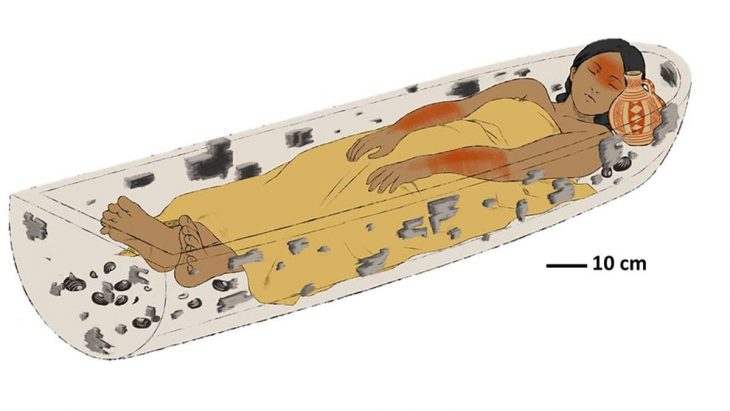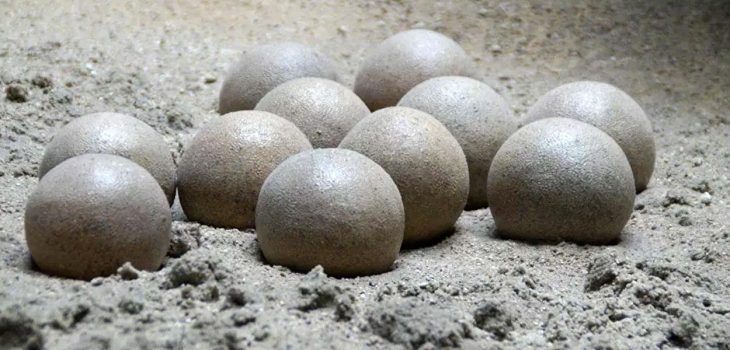According to the announcement of the Sanxingdui Museum, archaeologists have begun to assemble and restore the No. 3 bronze sacred tree unearthed at the Sanxingdui site in Guanghan City, Sichuan Province, Southwest China, and have achieved preliminary results under the restoration project approved by the National Cultural Heritage Administration of China.
The most magical cultural relic left to us by the Sanxingdui culture is bronze trees divided into countless pieces. One of these, the bronze sacred tree No.1, is 396 centimeters high and is exhibited in the Sanxingdui Museum.
It was excavated in Pit No. 2 of the Sanxingdui site in 1986 and sheds some light on the Shu culture thousands of years ago. Few people know that in addition to the No. 1 bronze holy tree, several other bronze sacred trees were dug out from the pit, and the No. 3 bronze holy tree is one of them.
Yu Jian, Director of the Exhibition and Conservation Department of Sanxingdui Museum, said that in 2019, with the approval of the National Cultural Heritage Administration, cultural conservation workers began the restoration of Bronze Sacred Tree No. 3.
After about one year’s work, some 70 bronze pieces belonging to the sacred tree that was unearthed 35 years ago have been pieced together, reproducing the beauty of the ancient artifact.
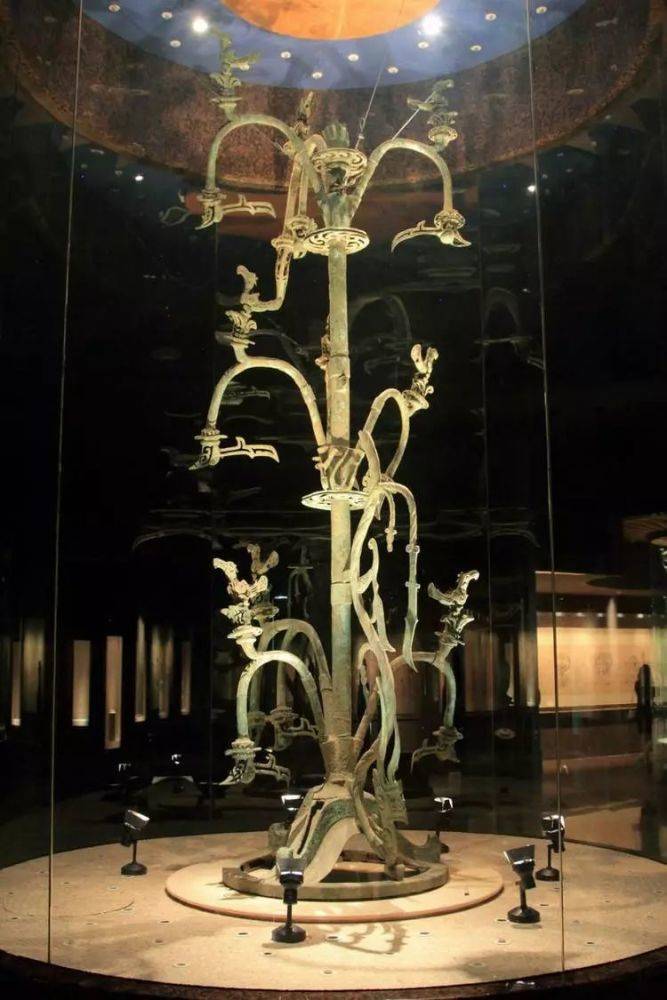
“The restoration process was generally smooth because the restoration clues were clear,” according to Yu Jian. The No. 3 and No. 1 bronze sacred tree are of completely different shapes. The branches of the No. 3 sacred tree are in a twisted shape and the main trunk is about 1 cm in diameter, so it is relatively easy to find parts of similar shape and size among the large number of bronze remains unearthed, Yu added.
Yu responded that the restoration work must be based on sound scientific evidence and that the restoration work of the No. 3 bronze sacred tree has been postponed until the excavation of the six newly discovered pits at Sanxingdui Ruins is further carried out to find out more information. “Our biggest hope is that the restoration of the sacred tree will be completed as soon as possible and that it will be available to the public as soon as possible,” Yu added.
Once fully assembled, the sacred tree will be exhibited together with the No.1 bronze sacred tree, one of the key highlights at the Sanxingdui Museum, to showcase the religious beliefs and remarkable artistic creativity of people in ancient times.
Structure of the bronze sacred tree
The base of the bronze sacred tree is connected by three mountains, and the mountains and the base are decorated with cloud patterns. The trunk emerges from the middle of the top of the mountain. It has three layers of branches and each layer contains three branches. One of the branches is shaped like an upturned one and a bird is next to it, and the other two branches are fumed and hanging down. There are fruits at the ends and on the other side of the tree, there is a dragon running up the trunk. Based on its general image, experts speculate that this is the “Fusang” in ancient myths and legends, that is, the “community” tree in ancient times.
Source: CGTN




